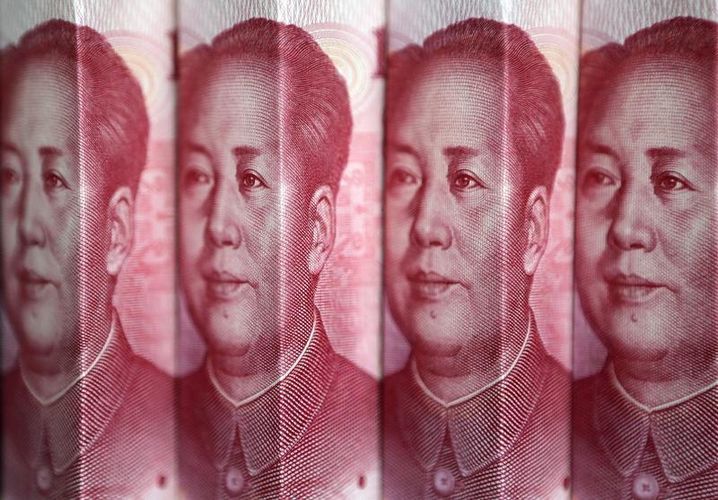The central banks of South Korea and Japan both made no change to policy today as upgrades to their respective country growth outlooks - the BOJ’s to the most optimistic in two-and-a-half years - suggests that upcoming decisions are likely to be non-events for now.
The BOJ today used the word “recover” for the first time since Jan 2011 when describing its economy, stating that the economy is “starting to recover moderately” with this view having been progressively upgraded since its Apr 4 “shock and awe” policy stimulus (from “some signs of picking up” at that time, to “has started picking up” in May and “has been picking up” in June).
And there has been nothing really to cast doubt on the BOJ’s current assessment with a slew of upside data surprises, including today’s extremely strong machinery orders (+10.5% m/m in May vs. 1.3% f/c, 16.5% y/y) and the IMF’s recent upgrade to its Japanese growth forecast for this year to 2.0% from 1.6% previously, marking its strongest forecast for a G7 nation.
The BOK today also lifted its GDP growth forecast for 2013 today to 2.8% from 2.6% and 4.0% in 2014 from 3.8% previously and said that the country’s negative output gap will start to narrow (albeit may not close until 2015).
Core-core in Japan
Given such trends, both the BOJ and BOK are unlikely to make a move on policy for now, although a slight downgrade to the BOJ’s core inflation forecast (to 0.6% for the current business year from 0.7%) and Reuters reports that the Japanese government is pushing for a shift towards adopting the core-core measure of inflation (-0.4% y/y in May vs. 0.0% core CPI) implies that policy will most likely remain accommodative for a considerable period with the potential for additional stimulus in the fourth quarter or early next year (the BOK in contrast, is generally expected to keep rates on hold for the rest of the year with the potential for a rate hike in H2-2014).
Such developments come as more and more analysts and organizations downgrade their forecasts for China (the IMF among the most recent) with those who were bearish from the start becoming increasingly more so. And while the BOJ and BOK could afford to take it easy at upcoming policy meetings, Beijing’s policy deliberations are becoming increasingly more complicated.
Beijing’s best bet may be to focus on reforms to flush out financial risks and promote a more balanced economy that is less vulnerable to external risks, even if this means missing its growth target for this year. Yet that doesn’t mean that there won’t be any pressure to provide policy accommodation as the economy slows, food prices trend higher and job losses in manufacturing accelerate on a “grim” exports outlook. However, if Beijing gives in, that could worsen overcapacity and overspending issues and thicken the smog surrounding its medium- to long-term growth prospects.
And it’s not just China that’s facing a difficult policy juggling act, but also commodity producing countries, such as Australia, who rely on China as a crutch to support their slowing economies.
Indeed, one wonders why the RBA, who for a long time has had a “glass half full” view on its close trading partner, opted suddenly to leave out any mention of China in its last two policy statements.
